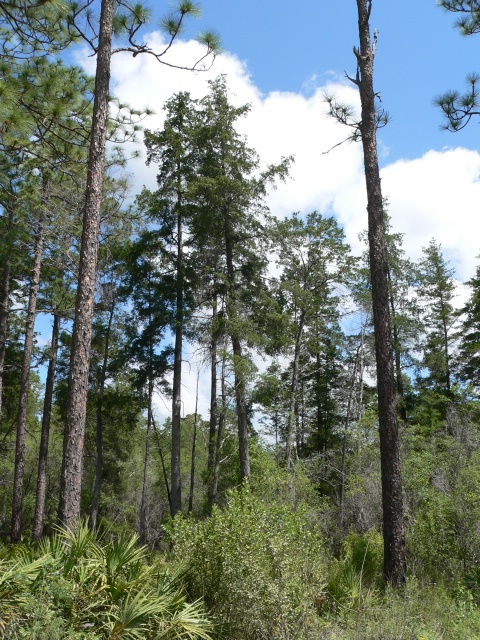RECOMMENDED HARDINESS ZONES
HORTICULTURAL STATUS:RHS Registered
GROWTH SHAPE:Conical (Pyramidal)
GROWTH SIZE:Intermediate: 6 to 12 inches (15 – 30 cm) per year / 5 to 10 feet (1.5 – 3 m) after 10 years
Explore cultivars in the Chamaecyparis thyoides species
